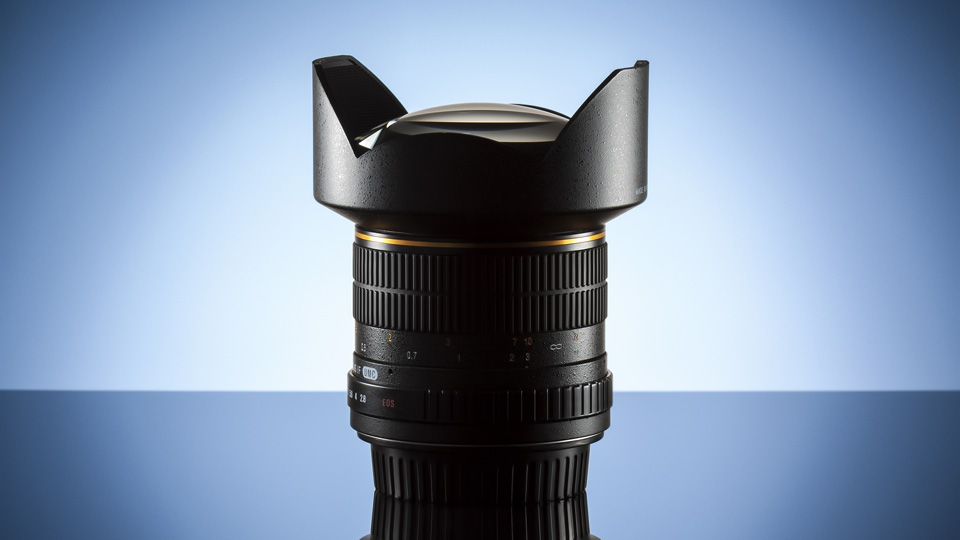
What is a wide angle lens?
All lenses with a very short focal length are called wide-angle . The focal length here is roughly between 10mm & 40mm. But what does that mean? Such a short focal length has a significantly larger angle of view than the human eye. We would have to turn our heads to capture the entire scene (or use both eyes 😉) The camera can capture all of this in one picture. So we can easily get a very large subject or a normal subject with little space in one picture.
What can I use a wide angle lens for?
Wide-angle lenses are very popular in landscape photography, but can be used in all areas. Whenever you have a large subject or there is not much space available, a wide angle is used. It can now be a gigantic landscape, a large building, or a small apartment that is to be rented out. Yes, it is also great to use a wide-angle lens in a small apartment, because it not only makes the apartment look bigger, but is also the only way to get the entire space in the picture.
In which areas is a wide angle still used?
Actually, whenever I want to show a lot of the surroundings. This can of course also be the case with a portrait. As you can see in this example, you can see the details in the picture as well as an incredible amount of the background. If I go more into the partial area and use a 35mm lens instead of a 17mm, we still have a lot of background in the picture, but significantly less than before.
Wide angle shot at 35mm
Wide angle shot at 17mm
The wide angle effect
Taking pictures with one has a certain effect on your pictures. First of all, everything seems bigger. The distance between the individual elements in your photo looks like there are several meters between them. The smaller the focal length, the stronger this effect is.
Subjects that are very close to the camera appear very large and puffed up and the further you are away from the camera, the smaller everything looks. I have the following example for you.
The arm in the picture looks huge, but the head is almost normal
Wide angle distortion
The extreme angle of view that a wide-angle lens brings with it not only results in the wide-angle effect, but also other distortions that cannot be avoided.
Here one speaks of a perspective distortion. The shorter the focal length , the closer the subject and the greater the angle of inclination, the stronger this effect becomes.
A perfect example of this is supportive lines. If you photograph lines (for example of high-rise buildings) from below or from above, it looks as if the lines are falling over. This can also happen if the lines are on the edge of the image.
This effect can be avoided by photographing the building from the front on the same level as possible. However, this is not always necessary, because it sometimes looks great when you integrate the effect of the “falling lines” in your subject and intensify it even further with a deep perspective.
The lanterns on the side lean slightly towards the centre as the picture was photographed from a deep perspective
No crashing lines as the picture was just photographed from a higher perspective
Focus range with the wide-angle lens
If you want to work a lot with a low focus range, it is difficult with a wide angle. Because the shorter the focal length , the larger the focus area. A diaphragm 4 on a wide angle therefore has a significantly larger field of focus than on a telephoto lens. You should definitely keep this in mind when buying a wide-angle lens. If you like to take photos with blurring, you should either pay attention to a large revelation when buying or use the normal lens. Because an aperture 1.8 on a 50mm, for example, cannot be compared with a 1.8 on a wide-angle lens e.g. B. 18mm.

